The master mariner who was a leading light behind the leading line
At the southernmost tip of the peninsula stands a small lighthouse that goes largely unnoticed, even by many who regularly use the Manly ferries.
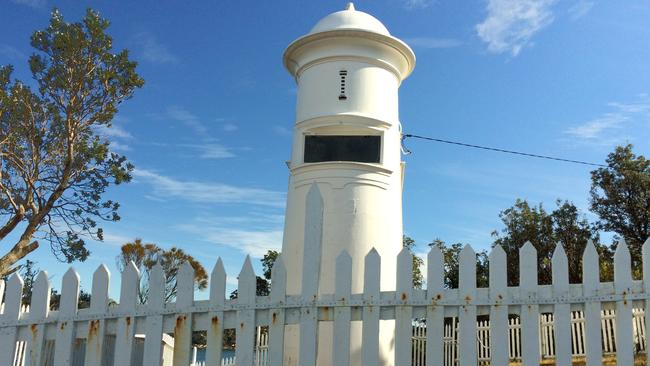
Nth Beaches
Don't miss out on the headlines from Nth Beaches. Followed categories will be added to My News.
At the southernmost tip of the peninsula stands a small lighthouse that goes largely unnoticed, even by many who regularly use the Manly ferries.
But the small size of the Grotto Point Light is inversely proportional to its significance – when coupled with the Parriwi Light on the other side of Middle Harbour, the two lights form the leading line to guide the masters of ships into Port Jackson.

Also known as the Port Jackson Entrance Range Front Light, the Grotto Point Light was first exhibited in September 1911, as was the Parriwi Point Light, which is also known as the Port Jackson Entrance Range Rear Light and sometimes as the Rosherville Light, even though it is more than 200m from Rosherville Reserve.
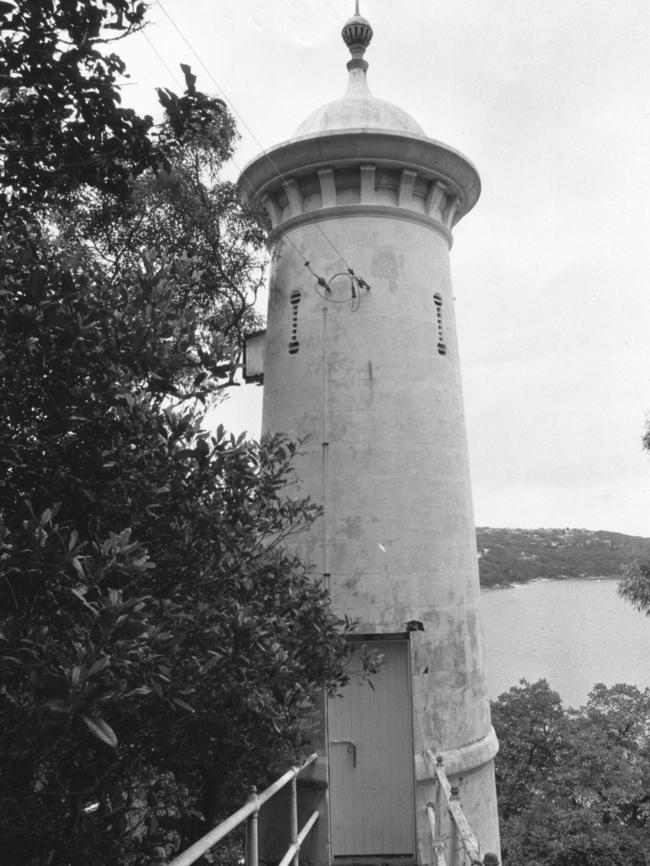
What is curious about both lights, however, is that a growing number of authors, both in print and online, claim they were designed by Maurice Festu, who they say was the architect who also designed the Vaucluse Bay Range Front Light and the Vaucluse Bay Range Rear Light “in a style now sometimes called Disney Castle”.
But Maurice Festu, who had several connections with Manly, was a master mariner, not an architect, and the two lights at Vaucluse Bay were erected while Captain Festu was still living in Belfast.
And even if Captain Festu was capable of designing a lighthouse, there is no way the Sydney Harbour Trust, which oversaw navigation on the harbour at the time, would have let him have anything to do with lighthouse design following a very public debate between Festu and the Trust in the pages of the metropolitan newspapers.
In essence, Captain Festu considered the commissioners of the Trust inept and the editors of Sydney’s newspapers agreed with him.
Maurice Festu was born in 1865 in Cromac in County Antrim, one of the six counties that form Northern Ireland.
In 1886, aged 21, he was issued his Second Mate’s Certificate in Belfast, in 1889 he was issued his Mate’s Certificate in the same port and in 1890 he was issued his Master’s Certificate, also in Belfast.


It’s not known when Captain Festu first sailed into Port Jackson but he was certainly known in Tasman waters by 1894, working for New Zealand’s Union Steam Ship Company, which ran ships between New Zealand, Tasmania and the Australian mainland and by 1914 was the largest shipping line in the southern hemisphere.
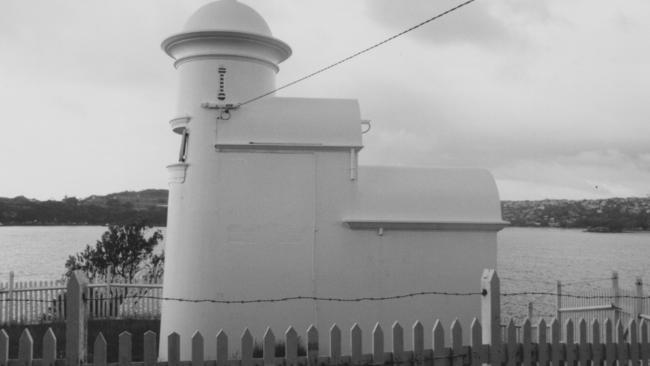
On two occasions in 1894, Festu dived into Wellington Harbour to rescue men who had fallen into the water, for which he was awarded Certificates of Merit by the Royal Humane Society.
But in July 1910, Captain Festu’s name was there for all to read in the major Sydney newspapers when he took to task the Sydney Harbour Trust for not ensuring the safe navigation of Sydney Harbour.
In the early 1900s, the Trust, which oversaw all shipping into and out of the harbour, as well as wharves, lights and beacons, was coming under increasing criticism over the poor system of lights and beacons used to guide shipping in the harbour.

At the time, ships navigated the harbour by day using landmarks, such as church spires, but had almost no landmarks to use by night.
As part of its response to this criticism, the Trust eventually chose a system of leading lights on Grotto Point and Parriwi Point, a pile light on the Sow and Pigs Reef to replace the ageing lightship Bramble and the installation or upgrade of lights at five other locations in the harbour.
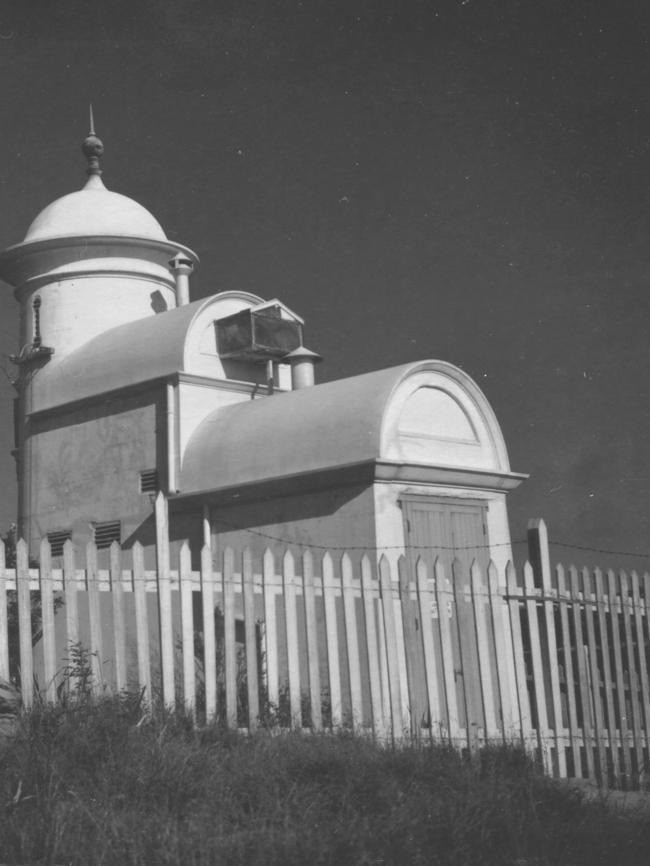
Most mariners considered the Trust’s plans inadequate to deal with the increasing volume of shipping on the harbour, although the erection of lighthouses on Grotto Point and Parriwi Point to form a leading line into the harbour was approved.
In July 1910 Captain Festu proposed a far more comprehensive scheme for the safe navigation of the harbour that included the leading line formed by lights on Grotto Point and Parriwi Point but went much further by proposing a series of beacons by day and lights by night to guide ships the full length of the harbour without confusion to masters or navigators.
Captain Festu’s proposed scheme was well received by fellow mariners but not by the Trust, which hastily released its own revised plan.
Both plans were published side-by-side in the newspapers so everyone could evaluate them and it was obvious to all that Captain Festu’s plan was superior.
Importantly, both included the construction of lights at Grotto Point and Parriwi Point to form the leading line into the harbour, which is still in use today despite the technological wizardry of the modern age.
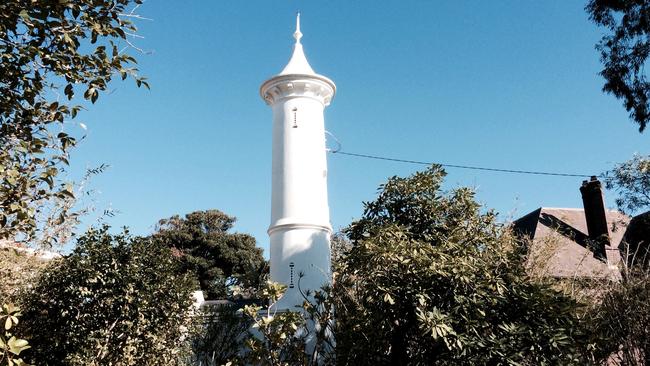
But Captain Festu did not design the lighthouses at Grotto Point and Parriwi Point, and nor did he design the two lighthouses at Vaucluse Bay, which were erected in 1884, when Festu was still a teenager living in Belfast and had yet to gain his Second Mate’s Certificate.
In 1913, Maurice Festu married Alice Moore at Manly and the couple lived in Sydney Rd, Manly, from 1920 to 1925, and in Fairlight Cres, Manly, from 1935 onwards.
For many seamen, Captain Festu’s greatest efforts on their behalf were conducted in Geneva, Switzerland, in 1929, when he represented Australian seamen at the International Maritime Conference and pushed for better pay and conditions for seamen around the world.
Captain Festu died at his home in Fairlight Cres, Manly, on June 7, 1941, aged 75.


